Joost Schmidt poster for the 1923 exhibition in Weimar
“Astrid” by Beatrice Brandini
In April 1919, Walter Gropius founded the most important art school of the century: the Bauhaus, a real source of ideas that gave rise to masterpieces, but also to small common objects still present in our houses, productions that are origin of the design industry.
There are in fact many chairs on which we sit, so many tables on which we eat, so many houses in which we live, or the paintings we admire, born from this school, or incubations and evolutions of ideas developed in Weimar or Dessau. As well as the origin of the so-called “applied arts” such as graphics, ceramics, carpets and even toys.
Facade of the school created by Walter Gropius
WG24 lamp by William Wagenfeld, 1924
Teapot by Marianne Brandt 1925/27
The first phase of the Bauhaus can be defined more artisans, when the headquarters is in Weimar (1919 – 1925), then moved to Dessau (1925 – 1932) where the creation will become more industrialized. The last phase is that of Berlin where Ludwig Mies van der Rohe, third director after Gropius and Hannes Meyer, will try to save it from the first, but already heavy, Nazi attacks.
But it will be the seat of Dessau, city of Saxony, to be the most representative and well-known, thanks to the masterpiece of Gropius, a building whose classrooms, laboratories, offices, were characterized by large windows, symbol of the Bauhaus revolution. The teachers who alternated here were among the most important representatives of theater, art, architecture, graphics, the twentieth century, names like Paul Klee, Kandissky, Oskar Schlemmer.
Vasilij tubular armchair by Marcel Breuer
Johannes Itten Color Sphere, 1921
Gropius made sure that the best students, just graduates, were immediately put in charge of the laboratories. Like Marcel Breur, the inventor of folded steel tubular furniture, which not only came into law among the most characteristic objects of the last century, but thanks to their immediate fame and commercial fortune, they allowed the school itself to survive. His is the famous Vasilij armchair (in honor of Kandiscky).
Wassily Kandinsky “On the Dances of Palucca”, 1926
Chess by Josef Hartwig
The greatness of this school is that the objects born in its laboratories are still current, are trendy and continue to be an inspiration for today’s and tomorrow’s designers. I’m talking about the aforementioned Breuer chairs, the Gunta Stölz and Monica Bella Bronner rugs, the William Wagenfeld lamps, the Josef Albers armchairs.
Cradle designed by Peter Keler in 1922 (Teca)
Set of small tables by Josef Albers, 1927
“The Bauhaus was an idea, and I believe that one of the causes of the enormous influence it exerted on all the progressive schools of the world must be sought precisely in the fact that it was an idea. Such a resonance can not be achieved with organization or propaganda. Only an idea has the strength to spread so widely “. Ludwig Mies van der Rohe
Bauhaus Performance Costumes
Oskar Schlemmer Bauhaus Performance, 1920
Suit designed in 1973 by Yamamoto for David Bowie (Ziggy Stardust), inspired by Bauhaus ballets
That idea was also an example of democracy, as evidenced by the fact that twelve of its teachers and students were later massacred in Nazi extermination camps. The German right played a decisive role in putting an end to this project, hindering public funding, but above all the orders from industry, vital for the survival of the school. Great personalities like Einstein, Chagall, Kokoschka, took the school’s defenses but did not save it.
The Bauhaus inspiration in the catwalks
The Bauhaus inspiration in the catwalks
The Bauhaus inspiration in the catwalks
The Bauhaus inspiration in the catwalks
I have always been fascinated by BAUHAUS aesthetics, I was a young girl when I started to see it on books of art or furniture, and it still has the same power, because it remains something incredibly MODERN. Cyclically, then, we find it on catwalks or objects of various kinds, it was therefore necessary to understand the origin and above all to let people know who was behind this school of wonders.
Bauhaus aesthetic sketches by Beatrice Brandini
Good life to all!
Beatrice



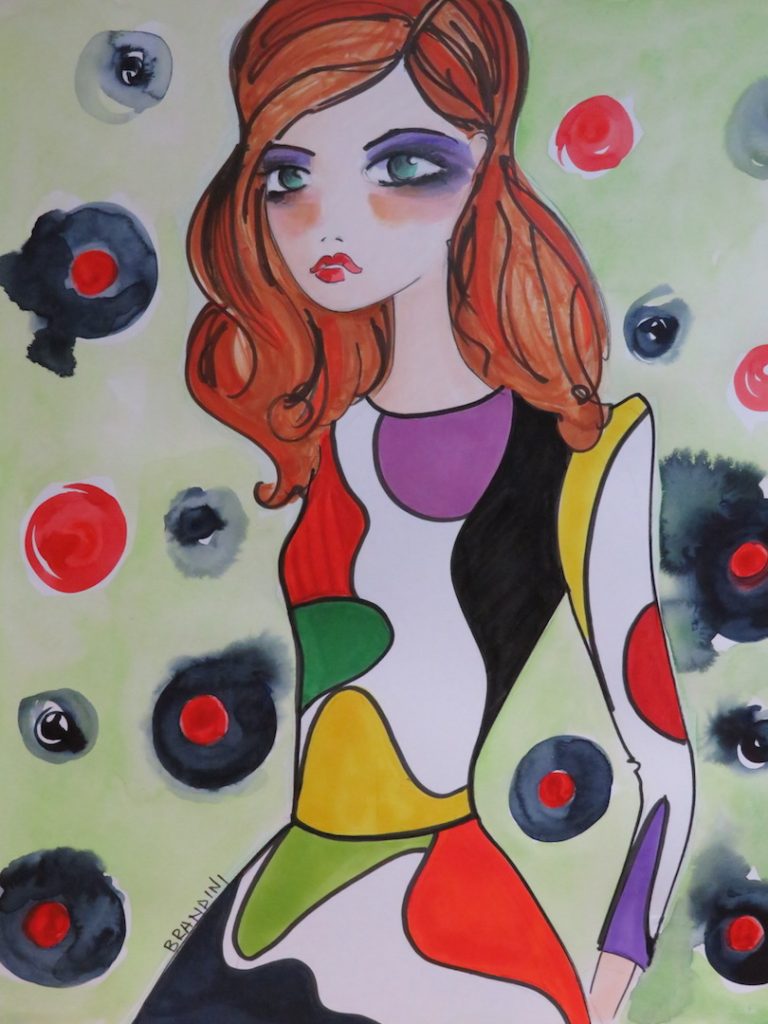

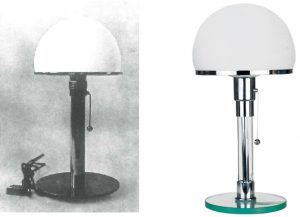
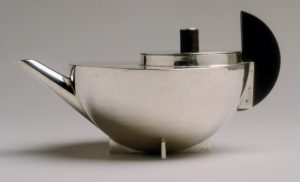
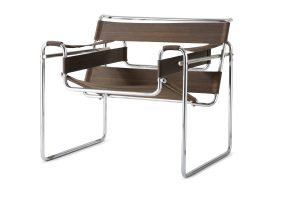
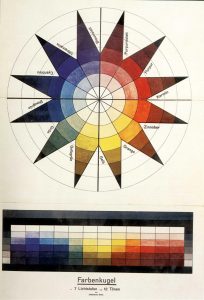
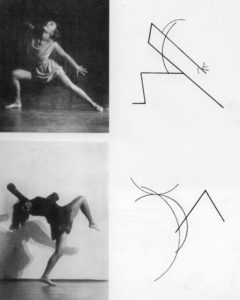
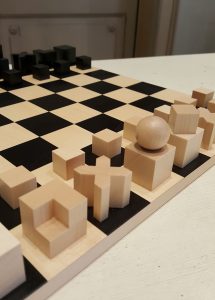

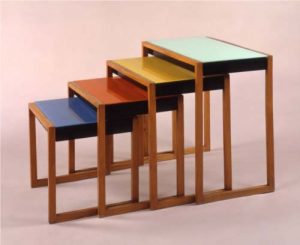
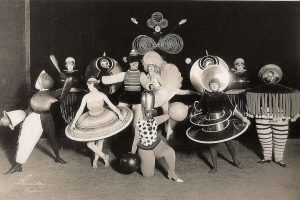
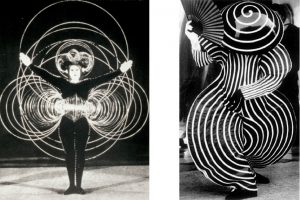
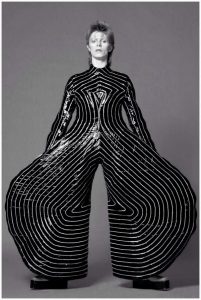


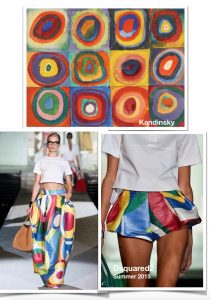




Beautiful post , Great pictures and sketches. Romin